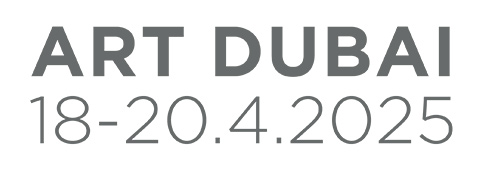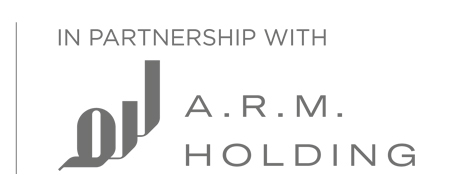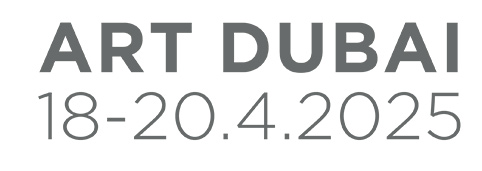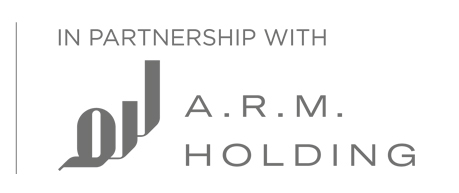Launched in 2011, curator Nav Haq, of M KHA Antwerp, put together the inaugural programme featuring the following galleries and artspaces: Alexandria Contemporary Arts Forum (ACAF), Alexandria; Grey Noise, Lahore; Liu Ding’s Store, Beijing; Makan, Amman; and Ruangrupa, Jakarta. These five dynamic galleries and art collectives, dotted through the gallery halls, showcased work by emerging artists and were reflexive of the fair as a phenomenon that exemplifies today’s experiential turn in the art milieu. The art fair is an example of the experience economy par excellence, embodying the realms of escapism, entertainment, education and aesthetics.
Marker 2011 was negotiated as a particular kind of convergence – an energetic space of transfer for people, brands, art, money and ideas.
Alexandria Contemporary Arts Forum (ACAF), Alexandria, presents the second installment of its long-term text projectThe ARPANET Dialogues, an archive of rare conversations within the contemporary social, political and cultural milieu. Excerpted from a series of dialogues that began in 1975 and took place over the US Department of Defense’s experimental instant messaging application ARPANET, the project presented at Art Dubai features a 1976 conversation between economist Samir Amin, anti-apartheid activist Steve Biko, political economy Ph.D. candidate Francis Fukuyama and architect Minoru Yamasaki.
Grey Noise, Lahore, presents two separate but related projects by Lahore-based artists Saira Ansari and Mehreen Murtaza that reflect on consumer culture. Ansari’s piece, The Complete ‘Pakistani Art’ Dinner Set, depicts clichés taken from Pakistani art such as men on horseback, geometric patterns and guns, using silhouettes in the style of traditional 18th century portraits. Murtaza’s work, Tastes Like Futurism, consists of a series of photographic images that depict the role of food in a future civilisation where, over time, humans have begun engineering culture using patterns of consumption as a basis for creating social concepts.
Liu Ding’s Store, Beijing, is a roving platform that reflects on the notion of value and the complex politics of valuation in the art market, consisting of two components at Art Dubai. In Home and Make Real the Priceless in Your Heart, the artist sells a series of deliberately unfinished landscape paintings. Made in a factory according to the artist’s specifications and signed by Liu Ding, customers will be offered the opportunity to finish the painting themselves.Conversations is a section of the store that will organise private dialogues led by the artist with other artistic and cultural practitioners. In collaboration with curator Carol Yinghua Lu, each day of the fair will include a schedule of conversations with collectors, critics, curators and dealers, who in return for their participation will receive one of Ding’s paintings.
Makan, Amman, presents a project that reflects the community-oriented nature of the team’s collaborative projects and residency program. They will open a pop-up bar to serve a range of complimentary drinks at a fixed time each day, and will use these opportunities to lead impromptu themed discussions with attendees.
Ruangrupa, Jakarta, Mini OK-Video Festival presents highlights from this biennial event that they launched in 2003, which has become an important event in the South East Asian art scene. The video works presented are selected from across the festival’s various incarnations, and will present work from Indonesia and beyond.



